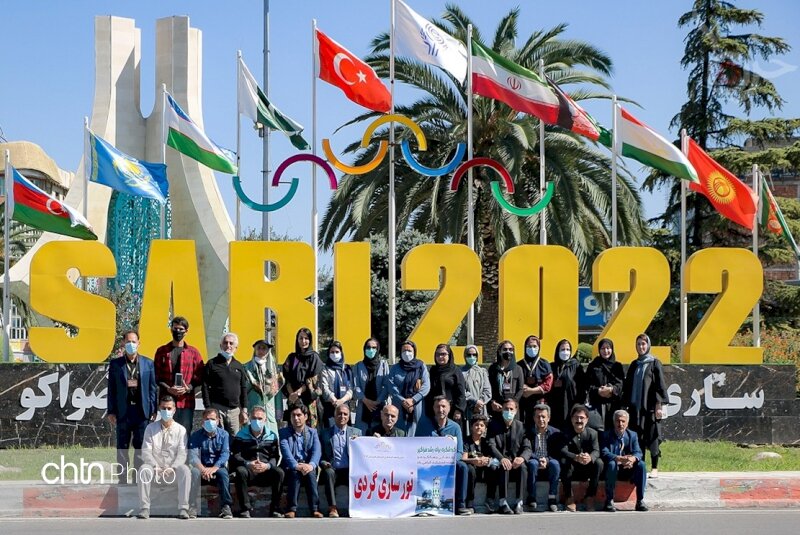Mazandaran holds potential to become intl. tourist destination

TEHRAN – The northern province of Mazandaran has considerable potential to attract vacationers from around the world and become an international tourist destination.
Having a wide range of capacities and potentials, Mazandaran, which is a top destination for domestic travelers, can be turned into a destination for foreign travelers as well through careful planning, the provincial tourism chief has announced.
Given that the provincial capital of Sari has been selected to be the cultural capital of the Economic Cooperation Organization (ECO) in 2022, there is the possibility of promoting it as a tourist destination internationally, Seifollah Farzaneh said on Sunday.
Boosting the province’s tourism infrastructure, however, requires more funding, the official added.
Earlier this month, local tourism officials announced that 214 tourism-related projects were underway in the lush green province estimated to generate more than 14,000 jobs upon their completion.
Some 186 trillion rials ($4.4 billion at the official exchange rate of 42,000 rials per dollar) have been invested in the ongoing projects so far. The developments will also add over 15,000 beds to the hospitality sector of the province.
In Mazandaran province, one of Iran’s most popular domestic vacation spots, serious damage was sustained from the coronavirus outbreak, and tourism facilities in the province went through a significant economic recession.
However, the Iranian government has paid 343 billion rials ($8.1 million) in loans to the tourism businesses affected by the pandemic in the province so far.
Last November, Mehran Hassani, the deputy provincial tourism chief announced that the province’s tourism industry has taken six trillion rials (about $143 million) hit from the impact of coronavirus (COVID-19) over the previous months.
He also noted that there are 4,000 active tourism units across the province, generating jobs for about 16,000 people directly.
Sandwiched between the towering Alborz mountain range and the Caspian Sea, Mazandaran has a rich yet turbulent history. An early civilization flourished at the beginning of the first millennium BC in Mazandaran (Tabarestan).
Its insecure eastern and southeastern borders were crossed by Mongol invaders in the 13th and 14th centuries. Cossacks attacked the region in 1668 but were repulsed. It was ceded to the Russian Empire by a treaty in 1723, but the Russians were never secure in their occupation. The area was restored to Iran under the Qajar dynasty.
The northern section of the region consists of lowland alongside the Caspian and upland along the northern slopes of the Alborz Mountains. Marshy backlands dominate the coastal plain, and extensive gravel fans fringe the mountains. The climate is permanently subtropical and humid, with very hot summers.
ABU/AFM

Leave a Comment